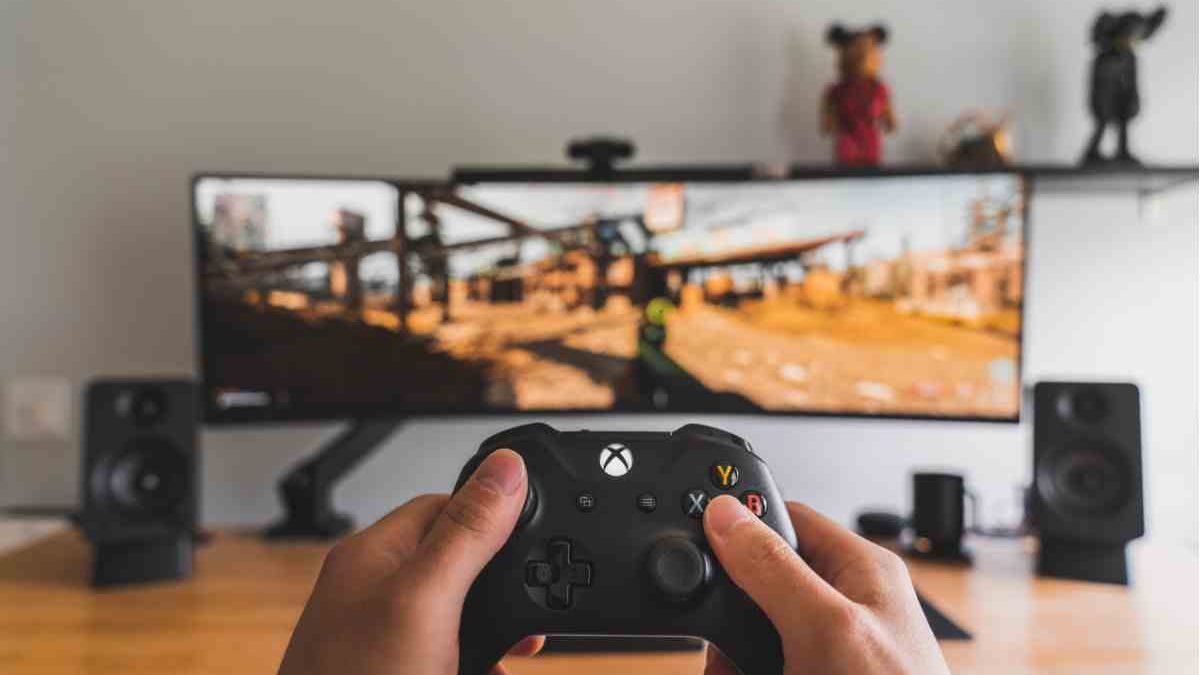Online gaming isn’t just a hobby anymore–it’s practically a way of life. We’ve all been there: you’re deep into an epic raid or clutching a crucial match when suddenly your game freezes, lags out, or just crashes entirely. It’s infuriating.
The thing is, having an amazing gaming experience doesn’t have to be left to chance. There are real, practical ways to make your setup work better, and honestly? Some of them are easier than you’d think. Let’s dive into five strategies that’ll actually make a difference in how you game.
Table of Contents
Upgrade Your Hardware for Seamless Gameplay
Here’s the truth nobody wants to hear: sometimes you just need better gear.
I’m not saying you need to drop thousands on the latest everything. But if you’re running a graphics card from 2015, wondering why the latest games look terrible–well, there’s your answer. A solid GPU upgrade can be a game-changer. Literally.
The same goes for your monitor. I used to game on this ancient 60Hz display and thought screen tearing was just part of life. Then I tried a friend’s 144Hz setup. The difference was night and day. Everything felt smoother and more responsive. Those split-second reactions in competitive games actually started landing.
Your processor matters too, especially if you’re into streaming or running multiple applications. Nothing kills the vibe like stuttering framerates because your CPU can’t keep up.
Optimize Your Internet Connection for Stability
Wi-Fi is convenient, but it’s also your enemy if you’re serious about gaming.
That Ethernet cable sitting in your drawer? Use it. Wired connections aren’t just faster–they’re consistent. No more random lag spikes because your neighbor started downloading a movie.
If you can swing it, look into gaming-focused internet plans. Yeah, they cost more, but the reduced ping times are worth it. Americas Cardroom emphasizes how crucial a stable connection is when you’re in high-stakes situations. When every millisecond counts, you don’t want your internet letting you down.
Pro tip: restart your router occasionally. It’s basic, but it works.
Utilize Gaming Optimization Software
There’s software designed specifically to make your games run better without you having to become a tech expert.
Programs like Razer Cortex or NVIDIA GeForce Experience basically do the heavy lifting for you. They’ll automatically adjust settings, shut down background processes you don’t need, and allocate resources where they matter most.
I was skeptical at first–it seemed too good to be true. But after trying it, my older system started running newer games way better than it had any right to. These tools are especially helpful if you’re not comfortable manually tweaking settings in your BIOS or graphics control panel.
Engage with the Gaming Community for Increased Insight
Gaming communities are goldmines of information. Seriously.
Reddit, Discord servers, Twitch streams–wherever gamers gather, you’ll find people sharing strategies, tips, and tricks you won’t find anywhere else. I’ve learned more about optimizing specific games from random forum posts than from official guides.
Plus, it’s just more fun when you’re connected with other players. Finding a good group to play with regularly can completely transform your gaming experience. Some of my best gaming memories come from random teammates who became actual friends.
The community aspect also keeps you in the loop about updates, patches, and meta changes. That’s crucial for competitive games where strategies evolve constantly.
Customize Your Gaming Environment for Comfort
This might sound obvious, but comfort matters more than you think.
I used to game hunched over on a cheap office chair for hours. My back was constantly sore, and I’d get tired way faster than I should have. Investing in a decent gaming chair wasn’t just about looking cool–it genuinely improved how long I could play without feeling like garbage.
Lighting’s important too. Glare on your screen isn’t just annoying; it’s distracting when you’re trying to focus. And good audio equipment? That’s not just for immersion. In competitive games, being able to hear footsteps clearly can mean the difference between winning and losing.
The Bottom Line
You don’t need to implement all of these at once. Pick one or two that make the most sense for your situation and budget. Even small improvements can make your gaming sessions way more enjoyable.
The goal isn’t perfection–it’s just making sure technical issues don’t get in the way of having fun. Because at the end of the day, that’s what gaming’s all about.

